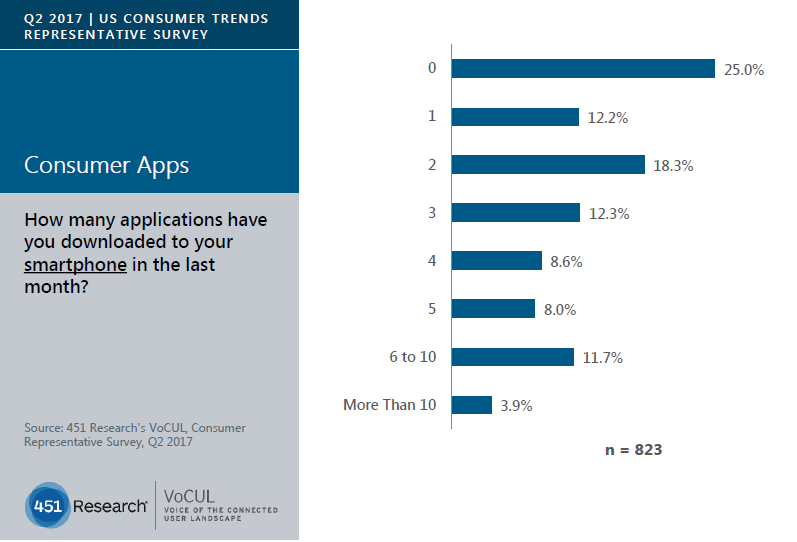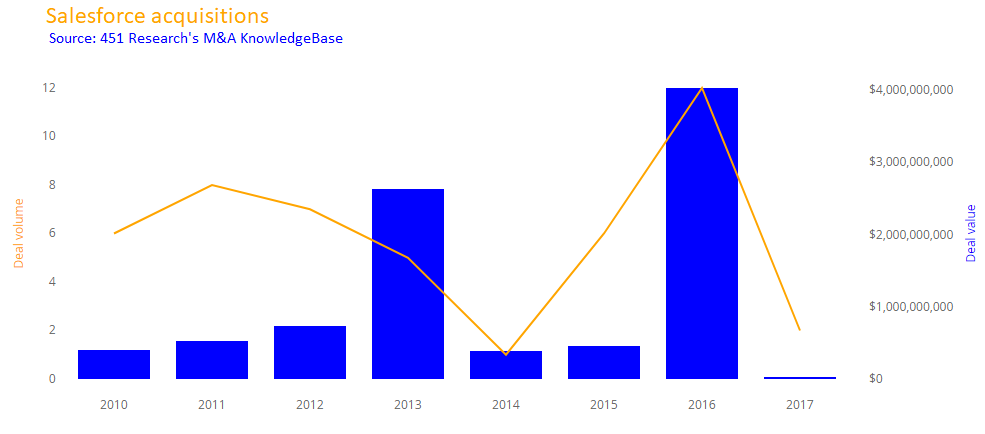Contact: John Abbott, Scott Denne
With its $6bn reach for Cavium, Marvell Technology Group proves that a few large targets remain as the semiconductor industry emerges from a record streak of consolidation – a streak that happened with Marvell on the sidelines. Although deal value in semiconductor M&A remains well below the record levels of 2015 and 2016, the transactions getting done are commanding higher amounts.
Cavium becomes the fourth chipmaker to be acquired for more than $1bn this year, compared with 10 in all of last year, according to 451 Research’s M&A KnowledgeBase. Yet only one of the $1bn-plus deals this year has been done for less than $5bn, whereas half of 2016’s 10-digit semi transactions fell below that threshold.
Marvell doubles its market opportunity by purchasing Cavium and enters the high-growth datacenter market. Its current portfolio spans storage controllers, networking PHYs and SOCs for enterprise switches, and Wi-Fi and Bluetooth SOCs for wireless connectivity. To that Cavium adds compute, networking, storage and security components for the datacenter, including multi-core and datacenter processors, Ethernet adapter and datacenter switches, Ethernet and fiber-channel storage connectivity, and FIPS and virtual offload security.
Benefits of scale and volume include a full portfolio that will enable cross-selling, as well as pooled R&D expenses, where there is currently a lot of duplication – moving up to 10nm and 7nm process technology is a huge burden that can now be consolidated. Diversification will also reduce Marvell’s exposure to low-growth sectors, such as hard disc drive controllers and notebooks, and Cavium’s to the dwindling fiber-channel business. The two companies are located close to each other, easing integration challenges.
The change marks a departure from Marvell’s past M&A strategy. Since the start of 2002, the most it had ever paid for any asset was $600m, with most of its deals falling well short of that mark. Moreover, this is its first acquisition since early 2012 and only the third time it has bought an entire company, rather than a business unit.
Subscribers to 451 Research’s Market Insight Service will have access to a detailed report on this transaction later today.
For more real-time information on tech M&A, follow us on Twitter @451TechMnA.






